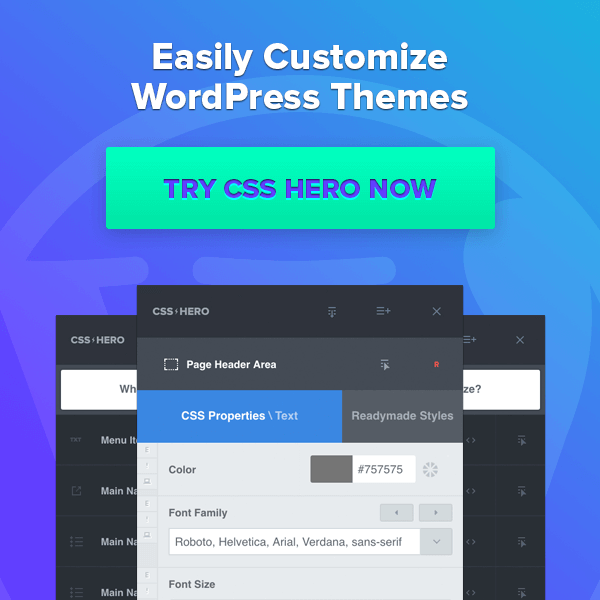Personalizing Your User’s Experience
User experience – what is it?
The user experience refers to the overall experience a consumer has when using a website, mobile or computer application. Particularly, how easy or satisfactory it is to navigate.
- Does the layout read easily for users?
- Is information under the correct tabs?
- Does the ecommerce platform work for the products being sold?
- Is the website or application aesthetically appealing?
These are all design and UX components that go in to creating a friendly user experience for your company and consumer.
Personalization Elements
When we think of personalization, we automatically think of embroidering our name on a Christmas stocking or other home décor item. For the user experience, it means more about personalizing your experience by the behavior you have exhibited on a specific website or application. How can this be done?
- Segmentation – utilizing your data to group behavior, demographics, purchasing history, etc.
- Digital Ads – searches and keywords that can provide valuable insight to your segmentations
- Target URLs – creating specific bitlys or friendly URLs that are geared toward different segments and track specific needed items
- Behavior – analyze users by pages viewed, time spent on pages, bounce backs, unsubscribes, etc.
These can be further broken down to different types of personalization:
- Behavioral – which helps to improve the overall user experience navigating the website and/or application
- Marketing – which helps to achieve set marketing goals dependent upon set length, which can be determined by campaign strategy.
Depending on your company’s goal, one of the above personalization types would be suited best. Gathering correct data about who your audience is, what they want, and when and how they want it, is crucial in distinguishing what elements of personalization are needed.
Examples of Successful Personalization
- Enable location to serve your users relevant area information on weather, news and other local updates, if applicable.
- Recommended products from previous search or purchase history. 53% of consumers believe that retailers who personalize the shopping experience provide a valuable service.
- Providing past history and suggested new content that will enable consumers to quickly view services or products to convert to sales.
- Adjusting user preferences allow your consumers the opportunity to customize and tailor their experience to be consistent every time within their own profiles.
- Whether it’s seasonal or promotional, utilizing the user’s first name in communications will give an increased sense of want and personalization to the consumer.
Why should my company incorporate personalization in to my strategy?
Why wouldn’t you?!
Increasing the user (consumer) experience is a great strategy to improve brand loyalty and reputation in the market. Treating your consumers with the utmost respect and positive experiences, will only bring in glowing reviews and referrals.
Think of the user experience as a “fancy” term for customer service. You want the user to find what they need, consider and purchase what they may not need because of the ease and comfortability of your site and your message, they were able to locate services or items that they didn’t originally come looking for. You are building a relationship with your consumers in order to gain trust and confidence that you will provide exactly what is needed.
The user experience needs to act as robust as a salesperson if the consumer were in the store looking at items. There are no facial features, tone variations that the consumer can use to decipher on their feeling of your company. The website must speak for your company without the in-store experience.
Next Steps
How do you proceed with integrating personalization in your marketing collateral and overall messaging?
First, take a look at your analytics, either by Google or another source, to see where the opportunities may be. Being able to pinpoint those areas by having the most accurate data and being able to read what it says will help to make well-informed decisions.
From there, sitting down with the company’s strategy and seeing what may fit in to upcoming campaigns or overall branding will help put the data to use. Also, take in to consideration your team’s capabilities. This step can be down in tandem with the strategy development or can be done after strategy is built.
If outside help is needed, consulting with Colleen Eakins Design will include building design elements and interaction with different platforms that are needed to enact certain personalized features from your strategy.





